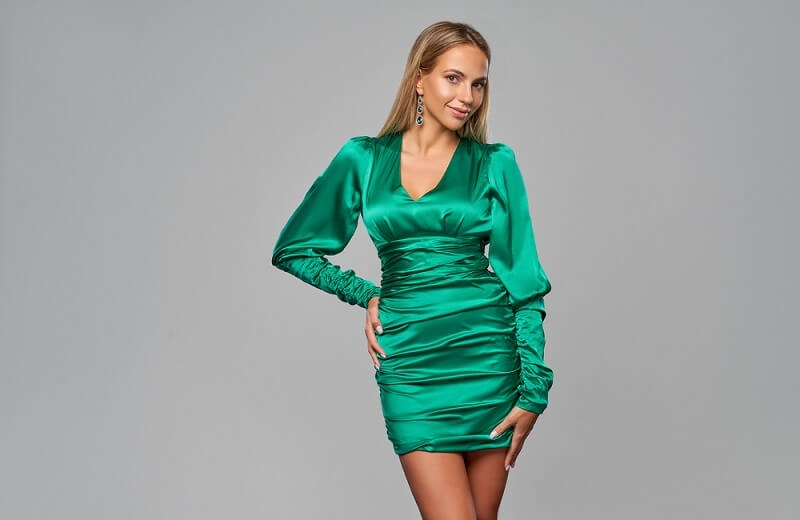
Have you ever worn an ensemble that felt completely off? Maybe the fabric twisted in strange places, or the balance of the outfit just felt wrong? The key is that it probably wasn't you; it was the clothes! The easiest way to look great is not to follow fashion; it is to understand your body and dress in a way that suits your proportions. Proportion is the concept of choosing clothing that is in harmony with your natural body type. What can be achieved with proportion is incredible. Proportion dressing is not about hiding your body; it is about embracing your body by creating balance and harmony.
Simply put, proportion dressing is a way to learn a few basic rules while styling that create balance. Once you learn to balance your proportion—whether it is for a waist, height illusion, or shoulders and hips—it really does look better. Once you know the proportions that look flattering on you, your outfits come together much more easily, and your wardrobe becomes stress-free. Let’s unpack what it means to observe your shape and dress it with understanding and confidence.
Here’s the thing: everybody has their own outline, and clothes work better when the outline gets a little respect.
Small changes can have a significant effect, and body-shape dressing works best when clothes match how the body moves.
Fit enhancement begins with minor adjustments to the everyday clothes people reach for. Soft fabrics shape the body in gentle ways. Structured fabrics bring cleaner lines. What this really means is that outfits change how a body looks long before colors or patterns even come into play.
Fit enhancement works best when nothing feels tight or stiff, yet still maintains the shape in place.

Silhouette choices help outfits look strong without extra thinking. A silhouette is simply the shape someone makes with their clothes, and clothes can change that shape in rapid ways.
These silhouette choices complement a wide range of body shapes well. When the shape shifts in the right way, outfits turn flattering without extra work.
Proportion styling involves balancing the top and bottom pieces to create a body that appears even. Let’s break it down in simple ways.
Proportion styling helps outfits feel complete. It lifts the focus and hides minor bumps or dips that clothing sometimes creates.
Flattering outfits bring out the best parts without drawing attention to places someone doesn’t want. Everybody has good points. Shape-based fashion builds around these points in flexible ways.
Flattering outfits always keep balance in mind. The aim remains simple: to make the top and bottom appear as if they belong together.
Shape-based fashion utilizes the body as a guide, allowing clothes to work with it rather than against it. Clean shapes, softer lines, and simple layers do a lot of work fast.
Shape-based fashion feels friendly because it doesn’t force people to chase trends that don’t fit their outline. Instead, the outline picks the trend.
Here’s what this really means: Body shape dressing is more effortless when choices stay simple.
Silhouette choices help hold the whole outfit in place. Proportion styling fills the gaps. Fit enhancement smooths the lines, allowing the body to feel supported and balanced.
Color makes a big difference in silhouette choices. Dark shades slim the outline. Lighter ones lift areas people want to highlight.
This is one of the easiest ways to guide flattering outfits without changing clothing size or shape.
Fabrics alter how the body appears in clothing. Firm fabrics hold structure. Loose fabrics flow. Both help in a shape-based fashion, depending on the goal.
Proportion styling changes fast with fabric swaps. A heavy fabric on top needs a lighter piece on the bottom. A soft top likes a stronger lower piece.
A calm wardrobe helps body shape dressing work even better.
Enhancing one's fit becomes easy when the wardrobe works in harmony with the body's natural flow.
Small tricks keep flattering outfits consistent across seasons.
Shape-based fashion depends on clarity. Outfits look sharper when lines stay clean.
Accessories play a more significant role in many people's lives than many realize.
When accessories match the styling proportion, the overall look becomes smoother.
Body shape dressing enhances the appearance of outfits with simple steps that anyone can follow—fit enhancement, silhouette choices, and proportion styling guide the body into clean lines. Flattering outfits become easier when clothes work with the body, rather than against it, making everyday dressing more confident and relaxed.
This content was created by AI